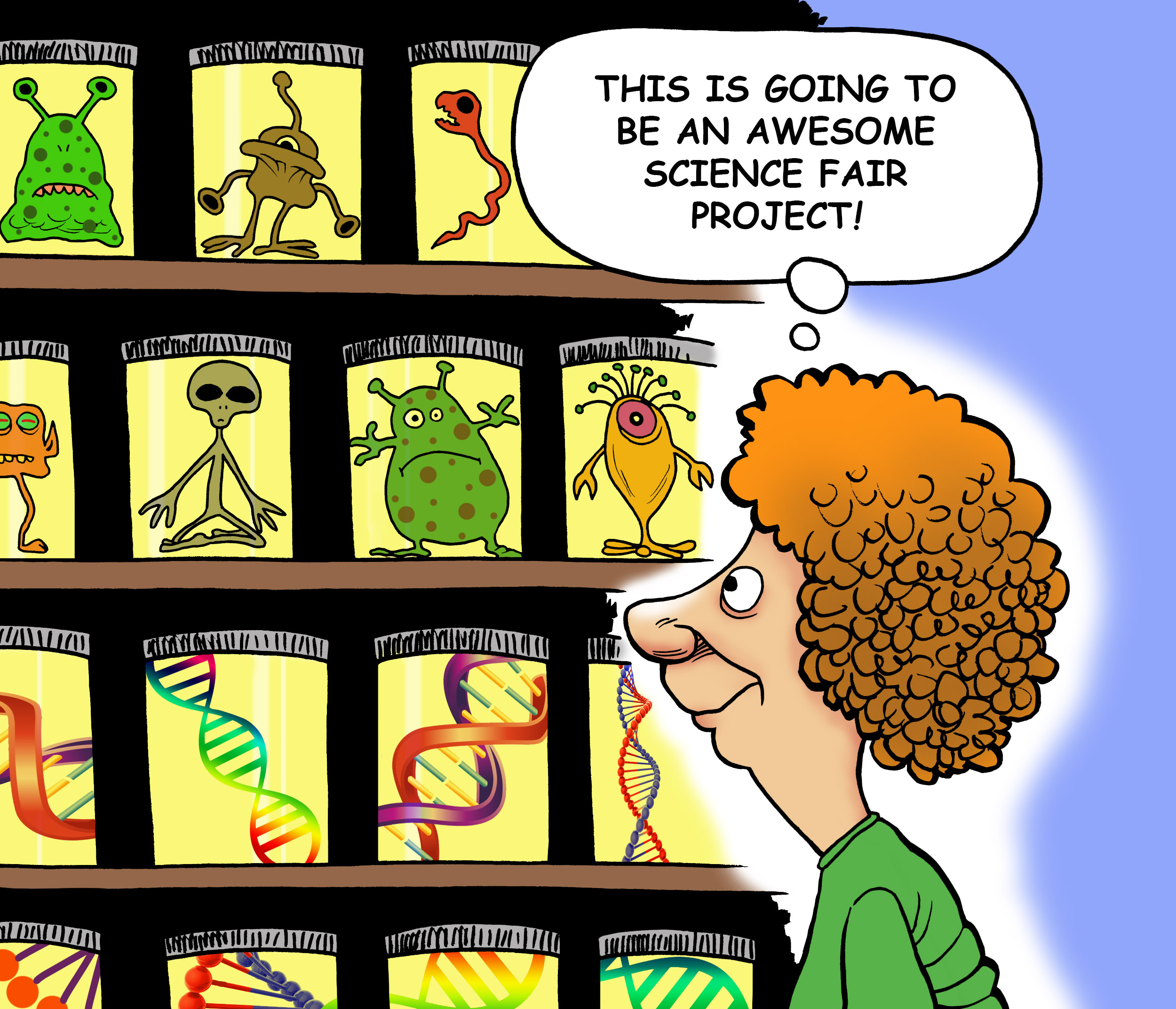Cite as: Benner, S. A. (2022) “NASA Headquarters Misses the Ball. Polyelectrolytes as the Key to Agnostic Life Finding”. Primordial Scoop, e20220416. https://doi.org/10.52400/LWNY6111.
Response to the post by David Grinspoon and the post by Carol Cleland.
During the debate over whether arsenate diesters might replace phosphate diesters in DNA, I often made the mistake of “talking chemistry” to people who are not chemists.
“True”, I said, “chemists have not made a DNA molecule where the 3′-hydroxyl group of a nucleoside is joined to a 5′-hydroxyl group of another nucleoside by an arsenate linker. However, we have made a molecule where two hydroxyl groups of two propanol molecules are joined by an arsenate linker. That diisopropyl arsenate is unstable to hydrolysis. Thus, by analogy, the yet unknown dinucleotide arsenate will also be unstable to hydrolysis.”
At which point, Felisa Wolfe-Simon, among the best scientists and quickest minds I know, fired back: “Arguing by analogy is a logical fallacy.”
Fair enough.
But chemists argue by analogy all of the time. More accurately, chemists extrapolate, interpolate, and generalize. We infer a range of properties of all possible molecules (which are astronomically numerous) from the properties of a small set of molecules having analogous structures. We fill in the line between the data points.
The process is inductive in the David Hume sense of the term, and subject to all of the philosophical objections that Hume raised, and then some. In particular, if the function relating structure to property (here, susceptibility to hydrolysis) is rugged, the interpolation is limited. But as a heuristic, chemistry works. Much of modern medicine, commerce, and industry is based on it.
And so chemists like me get tense when philosophers like Carol Cleland state that “we don’t have access to truly agnostic biosignatures” because we have only a “single example of life, that is, only one clade sharing common ancestry.” Carol, correctly in my view, argues that one “cannot generalize to all life based on a single example of life, especially when there are positive reasons to suspect that it may be unrepresentative of life considered generally.”
But that is why we do synthetic biology.
Synthetic biologists make in the lab different chemical systems that might reproduce behaviors that we value in life. The ability to store and transmit information. The ability to be replicated, evolve, and adapt. With mutations that are not prospective with respect to future phenotype. Bare, minimalist, Darwinian evolution, to some minds sufficient for life.
Thus, synthetic biologists have generated second examples of molecular systems able to support Darwinian-style molecular evolution, at least in the lab. And third examples. And fourth. Some of the additional examples are skinny. Some are fat. Some have four informational building blocks. Others have six or eight.
Indeed, this work provides some of the positive reasons to suspect that the molecules that support molecular evolution in our Terran “one example” life are unrepresentative of life generally.
Now, synthetic biologists do not say that we have created a second example of “life”. Since we do not know what “life” is, we would not dare say this. But perhaps we agree that necessary for matter to self-organize to give properties that we value in life is this type of molecular evolution, and we have created many examples of that.
In this process, we have also discovered alternative forms of DNA that do not support molecular Darwinism. They do other things. Such as precipitate.
Now the science begins, at least to the extent that chemistry is a science. Inducing from the specific examples of DNA replacements that work and replacements that do not work, two structural features emerge as necessary (read “agnostic”) features of the informational biopolymers needed for all evolution in any body of water:
(a) They must have a repeating charge, negative (like DNA) or positive. This makes all informational polymers needed for evolution polyelectrolytes. The polyelectrolyte backbone ensures that no mutations cause major changes in the informational molecule’s chemistry. This, in turn, ensures that new information arising from mistakes during replication are propagated and selected, if it improves fitness.
(b) Their informational building blocks must be size/shape interchangeable. They must all fit in to an “aperiodic crystal”, a term introduced by Erwin Schrödinger 80 years ago. This allows the physics of phase transitions to ensure that mutations are infrequent.
Three remarks.
First, notice how we propose general laws that make reference to general properties of molecular structure. The propositions do not say what atoms hold the charges, or what moieties are size/shape interchangeable.
Second, note that these propositions offer agnostic biosignatures. If we find a polyelectrolyte with size/shape regular building blocks in a sample of alien water, no matter what its detailed atomic structures, we proposition that we have found a molecule necessary for Darwinian evolution, a molecular system that is sustained only by Darwinian evolution.
All life, we proposition, will have such polyelectrolytes. All non-life will lack them. They are, we proposition, a chemical proxy for the Darwinian evolution that, we premise, all life will have, and all non-life will lack.
Last, we have generated these propositions concerning agnostic biosignatures not by attempting to generalize from the one example that natural history has delivered for us to inspect, but rather from the hundreds of examples that human synthesis has delivered for us to inspect.
Now, synthetic biologists have examined only about 1000 examples of alternative DNA. A tiny, tiny fraction of the number that a computer could sketch out, if programmed to explore the structure space made possible by chemical bonds between real atoms.
So how can we be confident that the agnostic biosignatures defined by these propositions are truly agnostic in water? How can 1000 examples represent trillions of possibilities? After all, as David Hume taught us, inductive reasoning cannot be justified without circular arguments.
Which are almost as bad as arguments by analogy.
Enter theory. Molecular theory.
Here, the proposition that a polyelectrolyte structure ensures that any mutation does not change (much) the informational molecule’s chemical properties is not just empirically supported for genetic molecules. It is also supported by physical laws that apply to many other classes of molecules. For example, we understand sickle cell anemia using the same laws, here applied to the protein hemoglobin.
Likewise, the proposition that size/shape interchangeable units allow faithful reproduction of genetic information is not just an empirical statement applied to DNA. It is also supported by physical laws that are reliably applicable for other molecular systems that have nothing to do with genetics. Indeed, this is why Schrödinger, a physicist, could predict this feature of Terran DNA a decade before Watson and Crick proposed the double helix.
Notice the switcheroo. Carol has exemplified her points about biology by drawing on biology. Synthetic biologists exemplify our points about biology by drawing on chemistry and physics. Which is … reductionism.
With its own philosophical issues. But that is a topic for another day.



